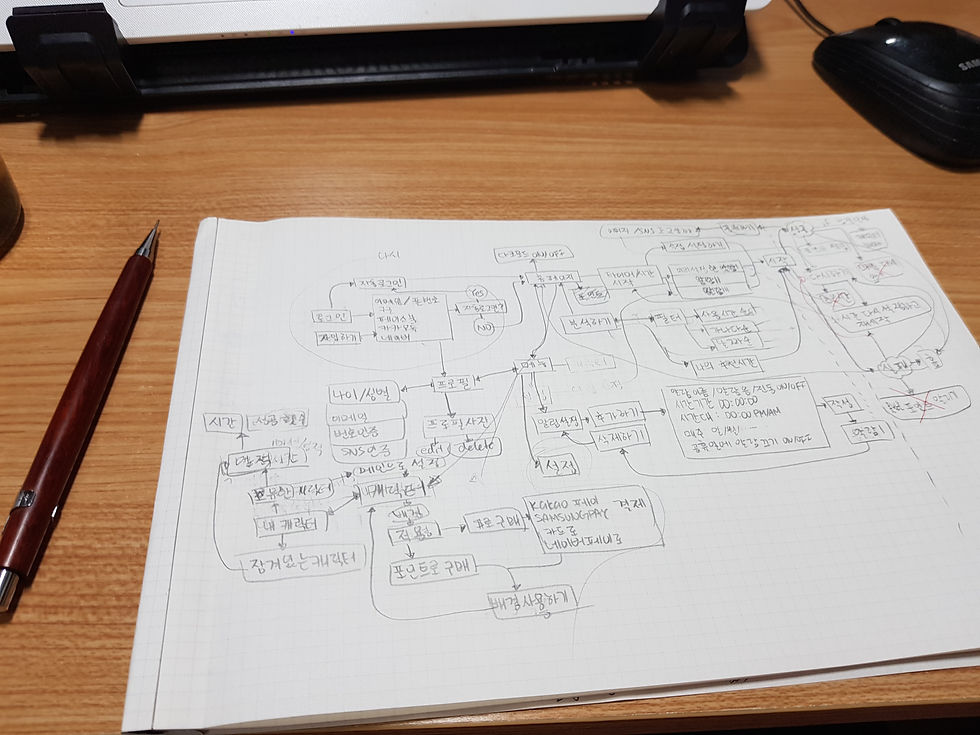
Aquarius
An app that let's you focus on what is most important to you
About the project
Over the months while I was resting and rehabilitating after my knee surgery, I have noticed how much time I have started to spend on my phone. I felt that I was wasting time. Overuse of my phone resulted in unstable mental status on daily basis : lack of focus, tiredness, depression, and gain in weight. Something had to be done, and an app called "forest" came out of the blues. I decided to try making my own "forest", but with marine life instead of trees.
Note: "Aquarius" is a personal project I am experimenting on. It is still incomplete.
COVID-19 increased smartphone use in Korea
According to survey conducted by Korean Addiction Forum (KAF) in May 20-29th with 1017 adults across the country, 44.3% agreed that smartphone usage has increased after Covid-19. Also, an estimated 49% spent their time on social media mainly for communication, 47.2% on reading news,34.6% on mobile shopping, and 29% on photos and videos. Not only did the usage time on smartphone increased, but 24% admitted using more time on online games.
출처 : Soo-youn S., "Covid-19 increases smartphone use, reduces drinking". retrieved from the internet; https://www.koreabiomed.com/news/articleView.html?idxno=8642
Design process

Ideation - mind mapping
I realized that my previous group project, "Calypso" was somewhat similar in terms of user and idea. When mind mapping, it came to a certain point that people relied on smartphone on daily basis.
Who is the user? Me. Myself. and I.
A Korean girl in her mid-20s who is in need of help in focusing doing her works and quit phone addiction.
Understanding the user:
brainwriting, scenario mapping, and user story map framework
There are various UX tools that I could have used during ideation. But I wanted to know how I would feel if I used the app. I mapped out user journey that the user (myself) will have to go through.
-
Before using the app : User will feel guilty of her actions.
-
Initiating the app : User is determined that she will complete her task.
-
Mid-point : User lacks focus because of her addiction, but she continues on with her task of leaving the phone alone.
-
Reaching the end goal : User is satisfied of her achievment.
Here is what lacks: Reward.
What I needed now was something that was rewarding to a user who have completed the goal. This is where marine life comes into play.



Information Architecture to Wireframing
Creating a quick information architecture leveraged in creating the wireframe and overall user flow. I created a quick information architecture of the app "Forest" as a reference.



Focusing on using the timer.

Prototype was created with Figma. Expand to test it in fullscreen.
Ongoing process.. but overall conclusion
I will have to think thoroughly about the colour scheme and mood for the final product. It's a shame that user testing was not conducted prior to iterative design and I have yet to create a mockup for this app. Here are key takeaways I've learned during the project:
- The app can be more simplified for a friendlier user experience. User testing is necessary if
- Figma is an awesome prototyping software. I will continue to explore with it
- Having a team would give me far better ideas, user flow, design, and overall result. Teamwork is everything.
- These kind of apps can be used in Addiction Centers, especially for teenagers.